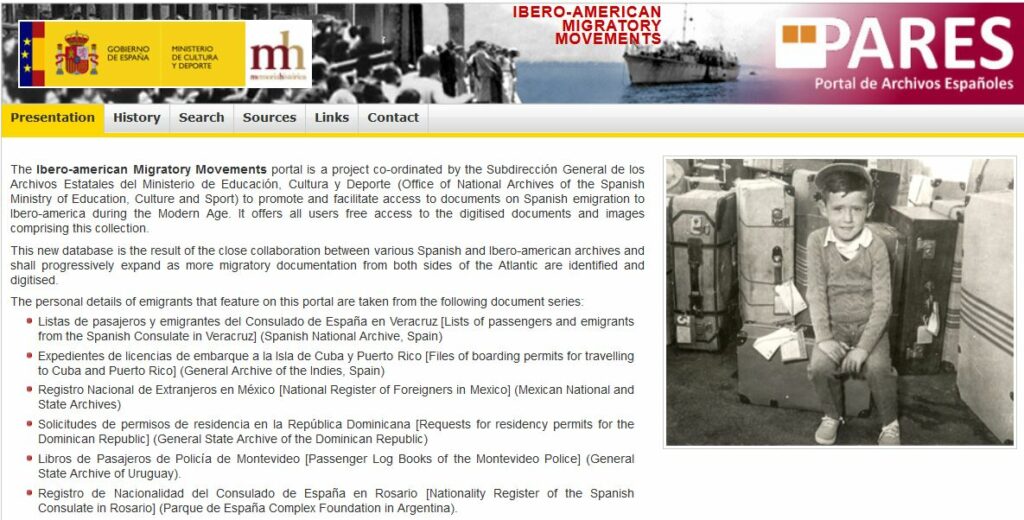After more than two years of work in the preparation of the three transmedia exhibitions included in the European Digital Treasures project, on 12th of November, the exhibition Exiles, migratory flows, and solidarity was successfully opened at the Archives House (Norway).
This exhibition is the outcome of the European cooperation, a clear example of the combination of the capacities, heritage, diversity, value, and inspiration of all those who have made this project possible.

The narratives displayed here combine different technological tools that allow us to get to know our written past through multiple channels. Visitors can interact with digital reproductions of documents from nine European countries, a quiz game for people who love challenges, a memory matching game to encourage observation, an infinite running game to reward speed by catching archival documents, an interactive RPG game to learn how to work on an archive, three augmented reality experiences to explore parallel worlds and two videos presenting the project! On display are also merchandising products created by professional designers, inspired by the documents presented in the Digital Treasures exhibitions.

The opening ceremony was led by the National Archivist of Norway, Inga Bolstad. Afterwards, Ole Gausdal, who has been responsible for curating the exhibition, did a guided tour for the guests.
The opening was attended by the General director of the Book, Archives and Libraries of Portugal, Silvestre Lacerda and the Deputy Director of the Spanish State Archives, Severiano Hernández and members of the ‘European Digital Treasures’ project from the National Archives of Hungary, Malta, Spain, Portugal and from ICARUS. From Norway there were many invited guests from the National Archives of Norway and local and regional heritage institutions.

The exhibition can be visited until January 30th, 2022, in Norway. The same exhibition will open in Salamanca, Spain on 25th November 2021. Later, in 2022, it will open in Hungary, Portugal, Malta, and Austria.
Written by the National Archives of Norway




